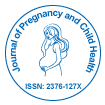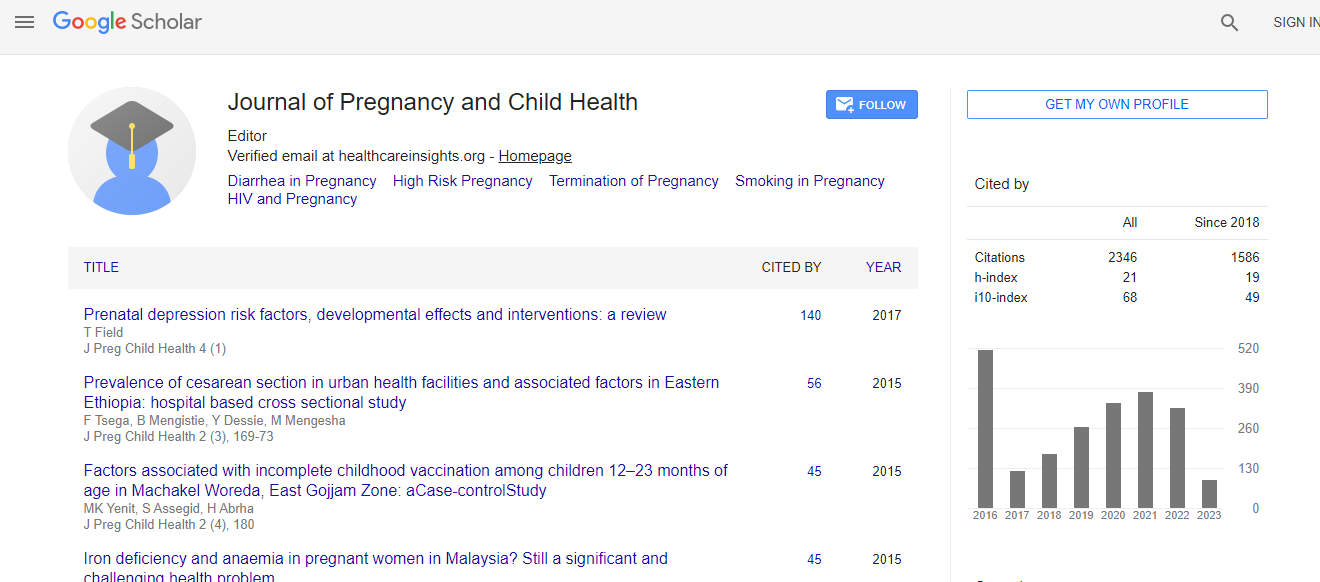Research Article
A Pilot Study of the Use of Blood Markers of Alcohol Use and Brief Intervention during Pregnancy
| Joan M Stoler1,2*, Peter W Forbes3, Marla J Burton2, Amy Rubin4, Elaine M Heffernan5, Martha T Kane6, Jeffrey Ecker7, Ronald Iverson7,8 and Lewis B Holmes2 | |
| 1Division of Genetics, Department of Medicine, Boston Children’s Hospital, Boston, USA | |
| 2Medical Genetics Unit, Mass General Hospital for Children | |
| 3Clinical Research Center, Boston Children’s Hospital, Boston, USA | |
| 4Boston University School of Medicine, Boston, USA | |
| 5Department of Obstetrics and Gynecology, MGH Charlestown HealthCare Center, Charlestown, USA | |
| 6Center for Addiction Medicine, Department of Psychiatry, Massachusetts General Hospital, Massachusetts General Hospital, Boston, USA | |
| 7Department of Obstetrics and Gynecology, Massachusetts General Hospital, Boston, USA | |
| 8Department of Obstetrics and Gynecology, Boston Medical Center, Boston, USA | |
| Corresponding Author : | Joan M Stoler Division of Genetics, Department of Medicine Boston Children’s Hospital, Boston, USA Tel: 781 828-0837 E-mail: Joan.Stoler@ childrens.harvard.edu |
| Received: September 21, 2015; Accepted: October 09, 2015; Published: October 16, 2015 | |
| Citation: Stoler JM, Forbes PW, Burton MJ, Rubin A, Heffernan EM, et al. (2015) A Pilot Study of the Use of Blood Markers of Alcohol Use and Brief Intervention during Pregnancy. J Preg Child Health 2:199. doi:10.4172/2376-127X.1000199 | |
| Copyright: © 2015 Stoler JM, et al. This is an open-access article distributed under the terms of the Creative Commons Attribution License, which permits unrestricted use, distribution, and reproduction in any medium, provided the original author and source are credited. | |
| Related article at Pubmed, Scholar Google | |
Abstract
Objective: To assess the effectiveness of feedback of maternal blood markers in decreasing alcohol intake and improving neonatal outcomes.
Method: Pregnant women were screened using a validated alcohol-screening questionnaire, the TWEAK, and blood markers of alcohol use (hemoglobin-associated aldehyde, mean red blood cell volume, carbohydrate deficient transferrin and gamma glutamyl transpeptidase). There were two independently recruited cohorts: 1) a reference group without feedback of the blood marker results, and 2) a subsequent feedback group with feedback of the blood results. Self-reported alcohol use, marker results over time, infant size and gestational age of the infant of the mothers with a positive alcohol screening questionnaire and at least one positive marker (Ns=53 and 38, respectively) were compared between the two cohorts.
Results: Feedback of the blood marker results was an incentive to decrease alcohol intake in the majority of women with positive markers, as after the initial positive assay, there were fewer subsequent positive markers. More women in the feedback group had normalization of the markers compared to those in the reference group who did not have feedback (p=0.005). Furthermore the reported average daily absolute ounces of alcohol use before the feedback was 0.17 versus 0.01 ounces after feedback (p=0.004). In contrast the reported average daily absolute ounces of alcohol use in the reference cohort at the time of first blood draw was 0.042 compared to 0.031 at the time of the second blood draw (not statistically significant). There was no difference between groups in the birth size of the infants.
Conclusion: These blood markers were useful as identifiers of at-risk women and motivational and monitoring tools in the care of alcohol abusing pregnant women. The women who received this intervention reported significantly reduced alcohol use and had fewer positive markers.

 Spanish
Spanish  Chinese
Chinese  Russian
Russian  German
German  French
French  Japanese
Japanese  Portuguese
Portuguese  Hindi
Hindi 
